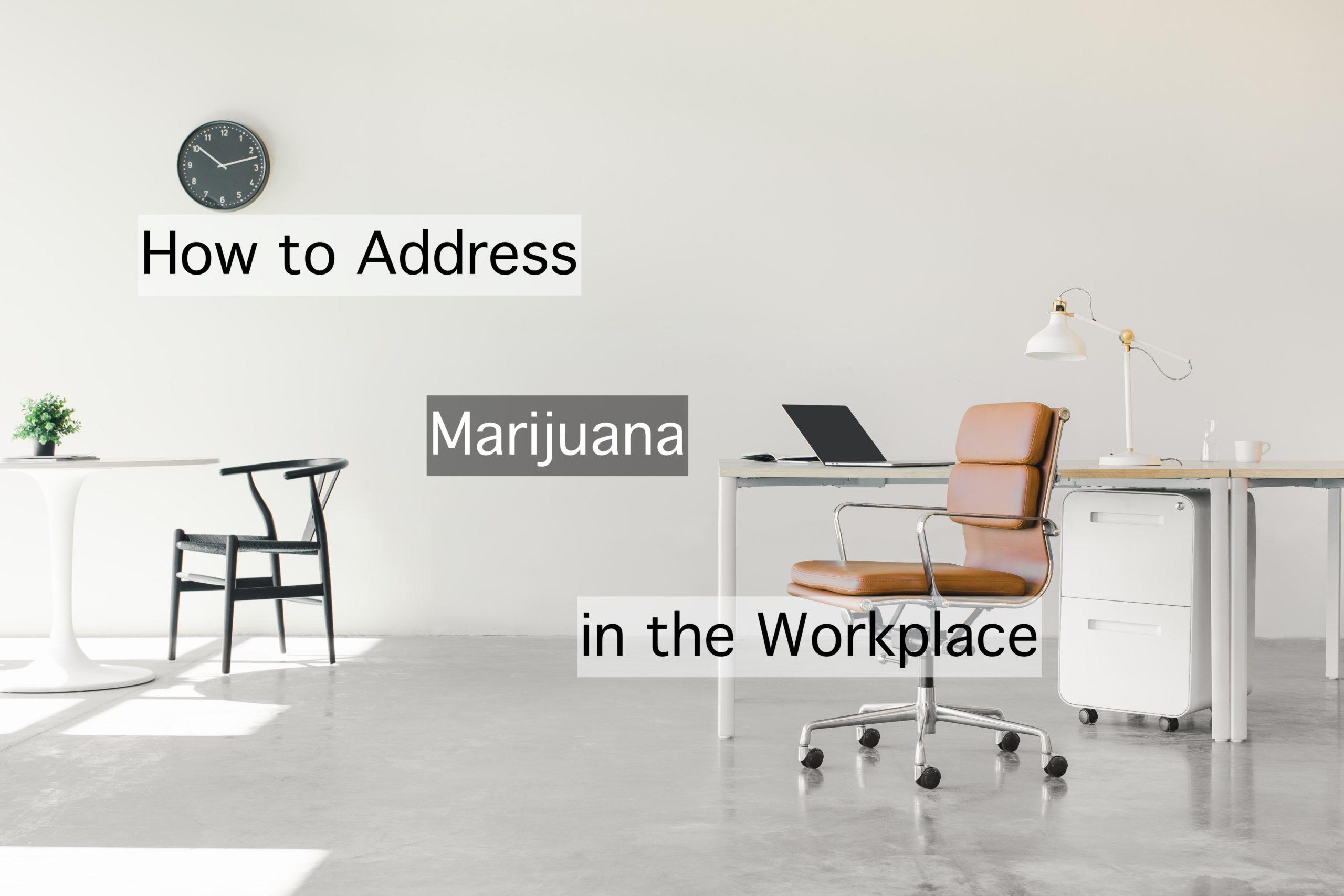This information is provided for educational purposes only. Reader retains full responsibility for the use of the information contained herein.
I remember speaking with a friend in the drug testing industry about three years ago and warning him that the legalization of marijuana was going to change our industry in big ways. My friend was not convinced. But I continued to share my opinion with anyone who would listen. Now, three years later, here is what we know:
- 39 states, including the District of Columbia, have legalized marijuana for medicinal or recreational use (or both).
- Several of those states have placed restrictions on what employers can do with positive marijuana test results (i.e., Illinois, Nevada, etc.).
- One state, New York, has banned testing for marijuana all together unless required by the government to do so and other states are expected to follow the Empire State’s example.
- Three municipalities—Philadelphia, Atlanta, and New York—now prohibit pre-employment testing for marijuana.i
- Marijuana use has increased.ii, iii
- Positive marijuana drug test results have increased dramatically.iv
- 63.3% of drug testing providers in 2021 indicated that they have had clients drop marijuana from their drug-test panel.v
- Several major companies have publicly announced that they have discontinued testing for marijuana under most conditions.vi
- Thanks in large part to the COVID-19 pandemic, but also in part as a result of the legalization of marijuana, the drug testing industry has lost about 20-25% of its total volume.vii
Why Continue Testing for Marijuana?
To be clear, I think discontinuing testing for marijuana is a bad business decision. It will lead to hiring more drug abusers and having more drug-impaired workers on the job every day. This will lead to more bad things happening such as workplace accidents, workers’ compensation claims filed, and lawsuits from co-workers who are injured, customers who suffer loses, and the general public who are harmed by your marijuana-impaired employees.
Like it or not, legal marijuana is likely here to stay. But the legalization of pot has not made marijuana a harmless drug to use. The truth is marijuana-impaired workers are less safe, less productive, and more expensive to employ. A marijuana-impaired employee making deliveries in a company van, operating a forklift, or preparing a client’s taxes is more likely to do something that brings harm to others than a non-drug abusing, unimpaired worker. This is especially true for companies in safety-sensitive industries.
Employing Marijuana Users is Costly
Consider these sobering facts from the National Safety Council from just one year’s worth of data while simultaneously keeping in mind that marijuana is the most common drug for which employees test positive:
- The total one-year cost of work-related injuries equals $161.5 billion.
- That comes out to $1,100 per worker (including “the value of goods or services each worker must produce to offset the cost of work injuries”).
- The average cost per worker death was $1.15 million.
- The average cost per medically consulted injury was $39,000.viii
According to these figures, a drug-abusing employee who is, for example, 5 times more likely to cause a workplace accident, would cost his or her employer much more than $8,800 per year, which is the average annual cost of a substance abusing employee according to one study.ix One accident alone could result in tens of thousands of dollars in additional expenses.
Just focusing on workers’ compensation costs, the average cost for all claims combined in 2017-2018 was $41,003.x The same report found that “the most costly lost-time workers’ compensation claims by cause of injury result from motor-vehicle crashes, averaging $78,466 per workers’ compensation claim filed in 2017 and 2018.”xi
When it comes to business, the bottom line is always the bottom line. Companies cannot afford to stay in business if they make decisions that harm the bottom line and marijuana-impaired workers harm the bottom line. Dropping marijuana from a drug test panel also harms the bottom line.
What Should Drug Test Providers Do?
Many employers rely on their drug testing providers to help them make smart decisions regarding their drug-free workplace policies, including how to conduct drug testing, which drugs to test for, and when to test. Unfortunately, the legalization movement is changing how some drug testing providers conduct business. I think there are three basic approaches emerging:
- The “head-in-the-sand” approach. Some providers still don’t think marijuana poses a threat to their business. These are very knowledgeable providers who are otherwise unprepared when a client decides to discontinue testing for marijuana and see it as an anomaly instead of the growing trend that it is.
- The “marijuana users have rights” approach. This includes providers who appeal to employers’ fears of prying into their workers’ private lives and getting sued by legal users of marijuana who claim that drug testing violates their rights. These providers promote a minimalist, in “name-only” drug testing approach.
- The “consultative” approach. This is a necessary and hopefully growing segment of the drug testing industry that, in response to various cultural trends, including the legalization of marijuana, tends to ask questions first so they can identify clients’ needs. This enables them to offer solutions from a variety of options rather than a one-size-fits-all approach.
Becoming a Consultative Seller
What questions do consultative sellers ask? Among others they ask these types of questions:
- What are your primary drug testing objectives? What do you hope to accomplish with your drug testing program?
- Would you like to avoid hiring drug abusers?
- Do you hope to maintain a safer workplace, decrease accidents, and reduce workers’ compensation costs?
- Do you understand your rights as an employer regarding marijuana?
- What percentage of your employees use marijuana? What percentage do not?
- Do you know how much money marijuana use is costing your company every year?
- Would you consider an alternative drug testing method that is endorsed by the federal government, cost-effective, legal in virtually every state, and that makes testing for marijuana legally defensible?
Of course, this line of questions is designed to help the provider understand what the client wants and how to help that client achieve those objectives. If a company would prefer to continue testing for marijuana (most companies fall into this category) but they’re not sure how to go about it under present circumstances, offer these easy-to-follow steps:
- Become familiar with all applicable marijuana laws. The best defense against oppressive marijuana laws is to comply with them.
- Update your drug testing policy so you are in complete compliance with each applicable state law. No two state laws are identical so the policy will have to be customized on a state-by-state basis.
- Use a drug testing method endorsed by the federal government. There are only two methods that offer the highest level of legal defensibility—lab-based urine and oral fluid testing (and someday hair testing).
- Use a drug testing method that covers the entire 3-to-10-hour window of impairment for marijuana.xii Marijuana-induced impairment can be just as dangerous during the tenth hour as it is during the first hour. (Note: Lab-based oral fluid testing, which is capable of detecting drugs within minutes of ingestion, is the only recent-use drug testing detection method endorsed by the federal government.)
- Use a drug test method that can detect all the other common drugs of abuse. Just testing for marijuana is not a wise business decision in light of the fact that the abuse of other illicit drugs such as opioids and amphetamines has increased significantly since the start of the pandemic.
- Confirm all non-negative results at a laboratory using the same specimen whenever possible. This requires the use of a testing method capable of splitting the initial sample so it can be screened and confirmed. This is possible with lab-based and rapid-result urine and oral fluid testing.
- Rely on the expertise of a licensed Medical Review Officer (MRO) to verify positive test results. Utilizing Substance Abuse and Mental Health Services Administration (SAMHSA) guidelines, MROs can be trained to review results for urine and oral fluid.
- Don’t discriminate against registered medical marijuana users. You can do all of the above without treating legal marijuana users any differently than all other employees. The only thing you are requiring of marijuana users is that they show up for work fit for duty, that they follow established and common-sense safety procedures, and that they not use marijuana while on the job.
Conclusion
Just because marijuana is legal in most states does not mean that employers should surrender their rights to deal with marijuana in the workplace. Employers still have the right in all 50 states to prohibit employees from bringing marijuana into the workplace, using marijuana while on the job, or being at work while under the influence of or impaired by marijuana.
Likewise, drug testing providers should not ignore the reality of legalization and its obvious and growing impact on the industry. Providers should be proactive in offering accurate and practical information to their clients about marijuana to help them make wise business decisions.
Like it or not, legal marijuana is here to stay. The good news is that drug testing is also here to stay for the good of businesses, their employees, and their customers.
© 2010-2022 The Current Consulting Group, LLC – No portion of this article may be reproduced, retransmitted, posted on a website, or used in any manner without the written consent of the Current Consulting Group, LLC. When permission is granted to reproduce this article in any way, full attribution to the author and copyright holder is required.



